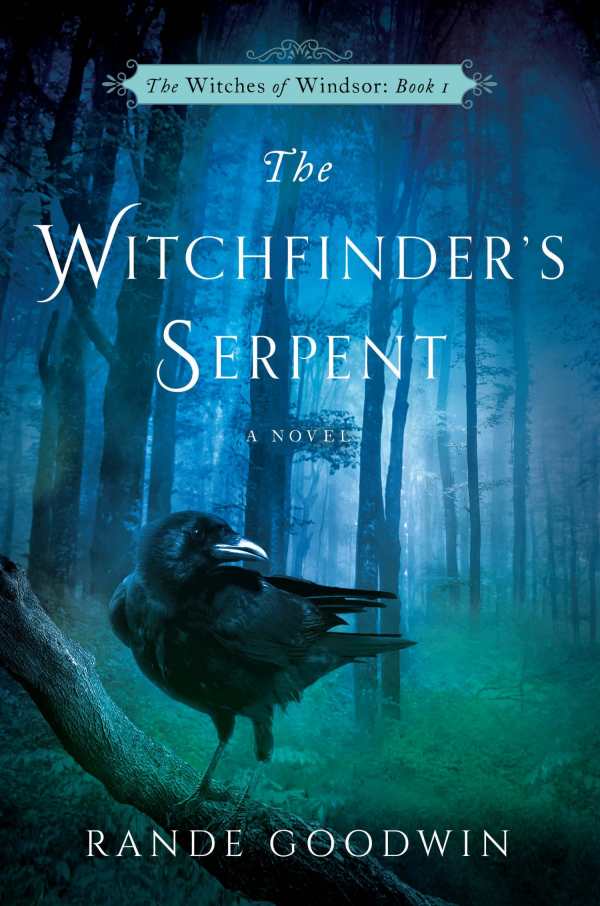The Witchfinder's Serpent
The Witchfinder’s Serpent is a fantastical novel about coming of age in the face of parental loss and a small town’s tragic, violent history.
In Rande Goodwin’s fantasy novel The Witchfinder’s Serpent, a small Connecticut town has a dark—and living—history of witch-hunting.
After the death of their father, Nate and his younger brother move to Windsor to live with a distant aunt. In between making new friends and navigating the social dynamics of his new high school, Nate learns more about the town’s history and his own family’s secrets. He also becomes increasingly curious about the forbidden, locked room on the second floor of his new home.
At the same time, the book follows events from the 1640s, giving a voice to Alse Young, the first woman in the American colonies to be tried and found guilty of witchcraft. Here, she faces execution due to the machinations of mysterious Malleus Hodge. In time, Nate’s and Alse’s storylines intersect in shocking, terrifying ways.
Connecting the concerns of a teenage boy in the later 2010s with the tribulations of colonial life for women, this is a powerful, poignant novel that ably depicts hysteria and ostracism as forces to be reckoned with across the ages. Though he is young, Nate has experienced major upheavals: he’s been forced into a caretaker role before he’s ready, and he is bullied at school, where people stoke their own fears regarding supernatural evils in his family. These struggles are well juxtaposed to Alse’s worry for her daughter and husband, whom she is forced to leave behind once she’s convicted. She’s also haunted by her neighbors’ paranoid fears of devil worship, which are stoked by power-hungry Hodge.
In the past-set storyline, the public’s lack of knowledge leads to Alse’s demise. But in both timelines, people seek out information about magic and the supernatural, hoping to transcend evil, and this fervent search for knowledge is rendered as pervasive. Indeed, the book’s shifts in perspective are frequent, covering the viewpoint of Nate’s and Alse’s friends, family members, and enemies with clarity. While these shifts in perspective lead to intermittent confusion, especially early in the novel before everyone has been introduced, they reinforce the book’s message: that it is important to hear multiple accounts of any situation before making a decision, rather than prioritizing the loudest voice in the room.
The Witchfinder’s Serpent is a fantastical novel about coming of age in the face of parental loss and a small town’s tragic, violent history.
Reviewed by
Isabella Zhou
Disclosure: This article is not an endorsement, but a review. The publisher of this book provided free copies of the book and paid a small fee to have their book reviewed by a professional reviewer. Foreword Reviews and Clarion Reviews make no guarantee that the publisher will receive a positive review. Foreword Magazine, Inc. is disclosing this in accordance with the Federal Trade Commission’s 16 CFR, Part 255.

